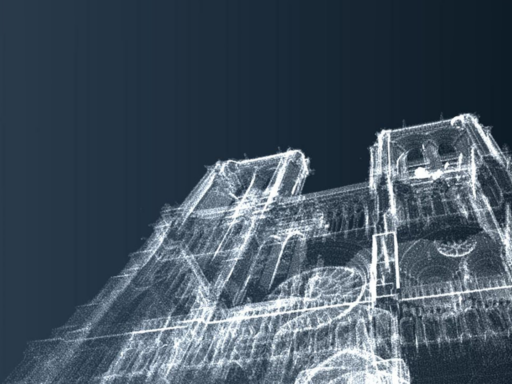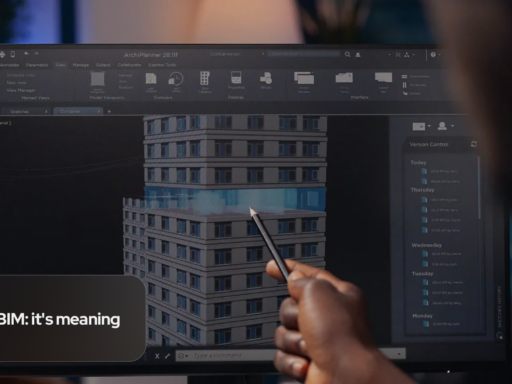Revit is a powerful software application that was created to support Building Information Modeling (BIM).
It offers features for designing, simulating, visualizing, and collaborating, all of which are essential for capitalizing on the advantages of BIM.
The most important aspect of Revit is that it is the same software for MEP (Mechanical, Electrical, and Plumbing), Architecture, and Structures (ST), incorporating features tailored to these three disciplines.
How does Revit work in BIM?
BIM models are made up of objects that contain valuable data. With Revit, designers can view and manipulate these objects in different views. Any changes made to one object are automatically updated in all other views, ensuring consistency and accuracy.
Objects can also be related to each other, so changes to one object will affect related objects as well.
Who uses Autodesk Revit?
- Architects: to create detailed and accurate building designs, including floor plans, elevations, and sections.
- Engineers: to collaborate with architects and other team members
- Contractors: to better understand the design intent and constructability of a project
- Building owners: to visualize and understand their future space.
- Facility managers: to access to accurate and up-to-date information about a building’s systems and components
Are there other softwares similar to Revit?
There are other software options similar to Revit that you can explore. You have a variety of choices and it’s important to find the one that aligns with your specific needs.
Take the time to research and compare the different options available to ensure you find the software that will best meet your requirements.
Some options are: AutoCAD Architecture, ArchiCAD, SketchUp, Vectorworks Architect, BIMx.






